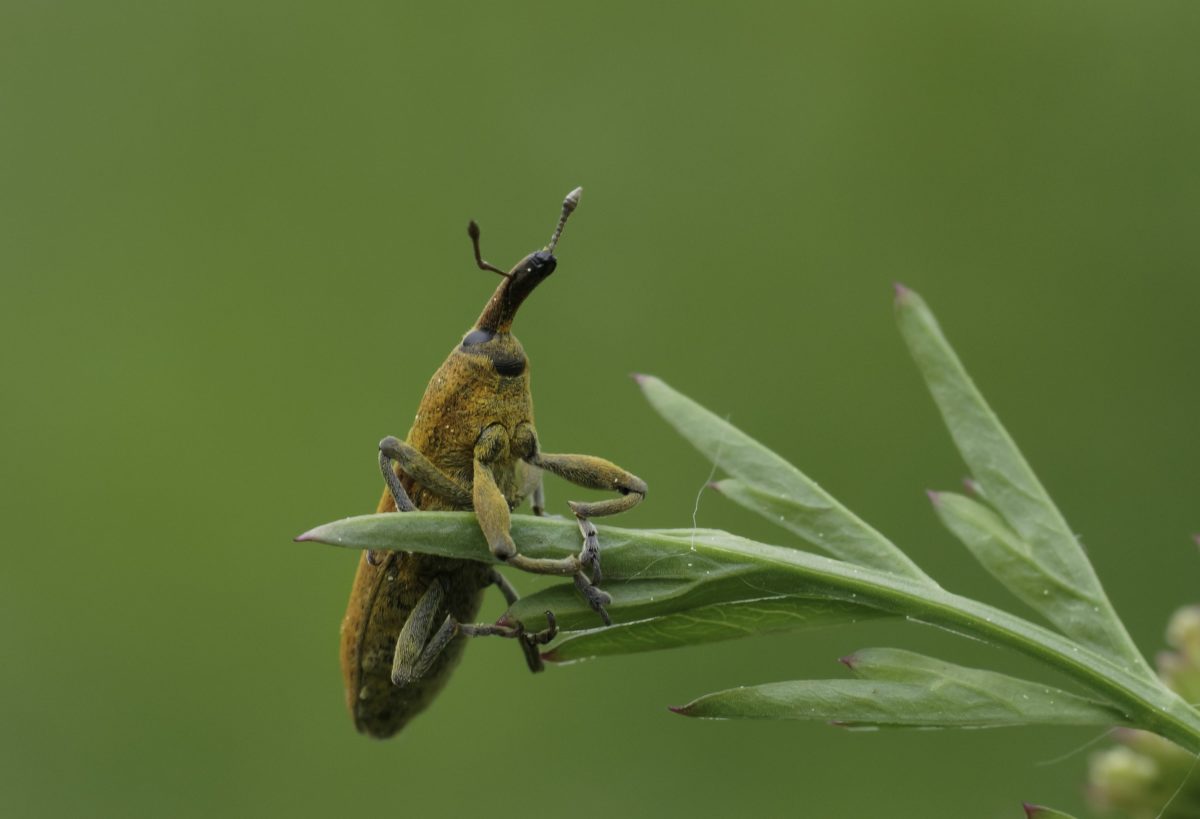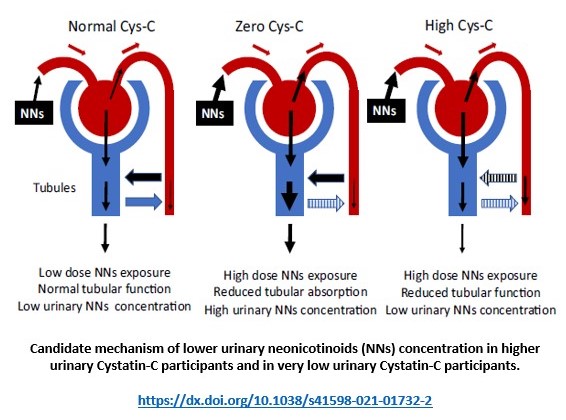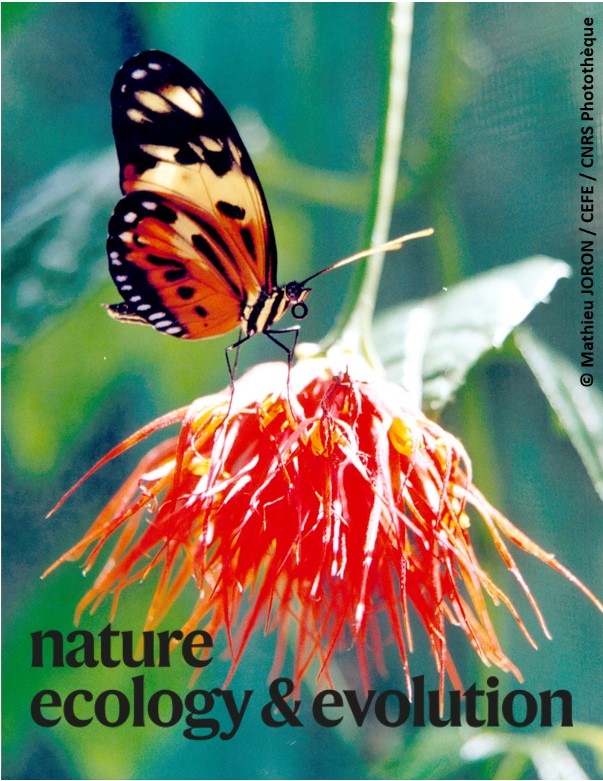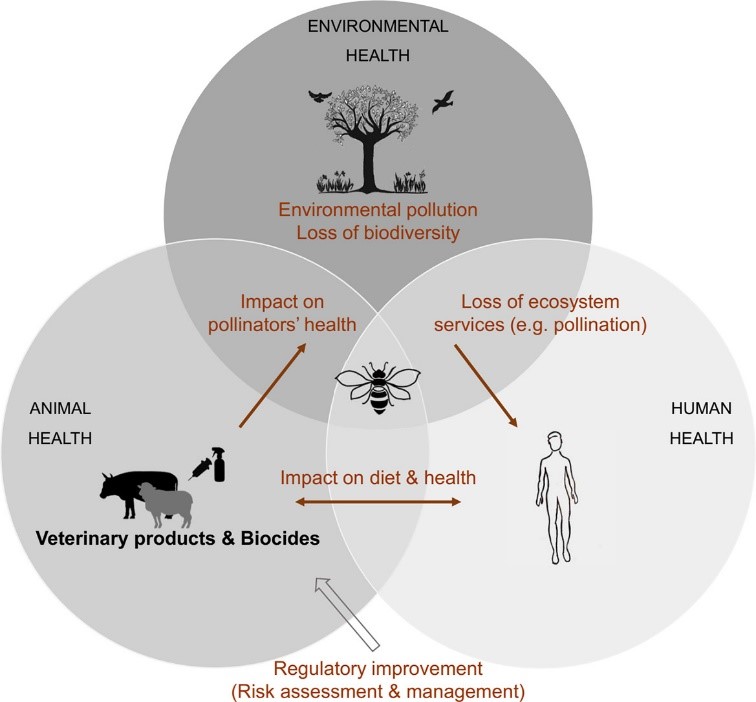The report day of the Holimitox network (https://holimitox.fr/) was held on 7 November 2024 in Paris. The Holimitox interdisciplinary scientific network involves 16 national research laboratories, including the CBM, and has been working for four years on the impact of SDHI pesticides on the environment, biodiversity and health. Holimitox is financed solely by public funds or charitable foundations (>€2M).
The Institut d'Etudes Avancées de Paris hosted the event at the prestigious Hôtel de Lauzun on the Île Saint Louis. J.-M. Bonmatin, a member of the Holimitox Steering Committee, co-organised the two half-day events. The programme is available here. The morning was devoted to presenting the scientific results. The afternoon was devoted to putting these results into perspective within the broader issue of pesticides, this through three round-table discussions. All the stakeholders (parliamentarians, universities and research bodies, ministries (health, agriculture, ecology), ANSES, ANR, manufacturers, journalists, manufactures, NGOs, lawyers, charitable foundations, etc.) played to a full house.








